Overseeding a lawn is crucial for maintaining a healthy lawn as it helps fill in bare spots, improves turf density, and enhances the lawn’s overall appearance. By introducing new grass varieties, overseeding also increases the lawn’s resistance to diseases, pests, and environmental stress. The process typically involves mowing the lawn to a short height, raking to remove debris and thatch, aerating to allow seeds better soil contact, spreading the seeds evenly, and then applying a thin layer of soil to protect the seeds. Watering regularly ensures proper germination and establishment. Overseeding is an effective way to rejuvenate a lawn, making it more resilient and visually appealing.
The Basics of Overseeding
Overseeding is a proactive approach to maintaining a lush and vibrant lawn, ensuring it remains thick and healthy over time. The process also introduces new grass varieties, improves the density and health of the grass, and helps create a resilient turf. Overseeding is typically done in the fall when temperatures are cooler, allowing for optimal seed germination and establishment before winter sets in. This practice not only improves the aesthetic appeal of the lawn but also contributes to its long-term health and sustainability.
What is Overseeding?
The process for overseeding involves planting additional grass seed into an existing lawn to improve its thickness, fill in bare patches, and enhance overall lawn health. This technique is beneficial for maintaining a healthy lawn because it increases turf density, which helps to crowd out weeds and reduces soil erosion. Overseeding also introduces new grass varieties that can better withstand diseases, pests, and environmental stresses such as drought or heavy foot traffic
Benefits of Overseeding
By introducing new grass varieties, overseeding not only boosts the lawn’s appearance but also increases its resilience against diseases, pests, and environmental stressors such as drought or heavy foot traffic. This process typically includes mowing the lawn to a shorter height, aerating the soil to ensure better seed-to-soil contact, evenly spreading the seeds, and maintaining regular watering for optimal seed germination and establishment.
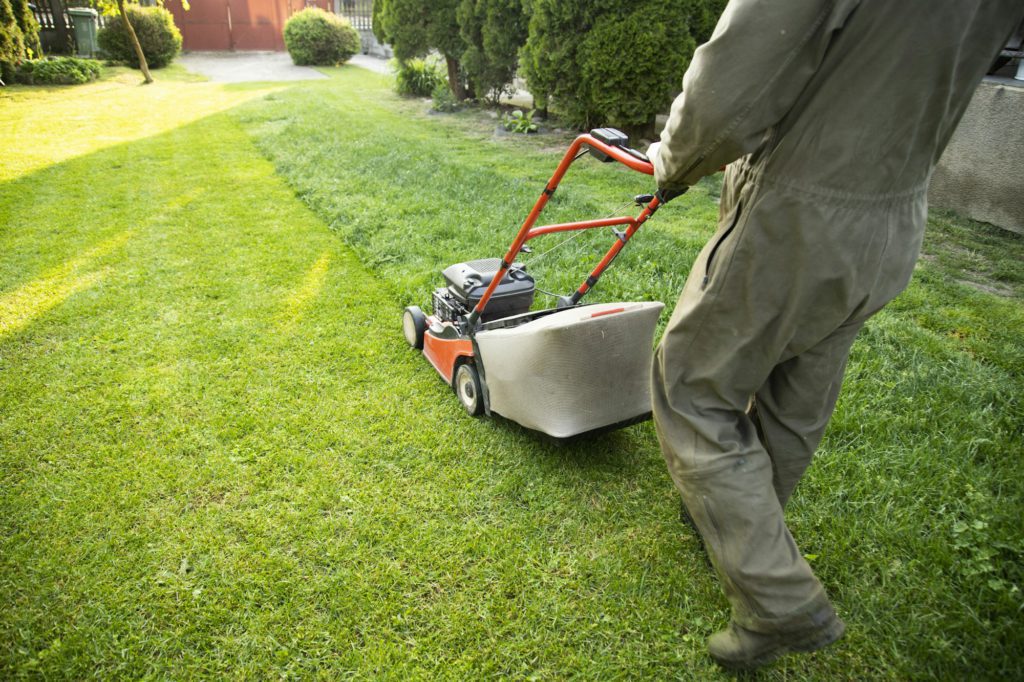
Preparing Your Lawn for Overseeding
Ensuring proper preparation of your lawn for overseeding creates an ideal environment for the new grass seeds to germinate and establish strong roots, enhancing the overall resilience of your lawn. This process involved several essential steps, including mowing, removing debris, dethatching, aerating, and amending the soil, followed by careful seed distribution and consistent watering. By taking the time to adequately prepare your lawn, you can promote robust grass growth and achieve a a rejuvenated, lush lawn.
Choosing the Right Grass Seed
When selecting grass seed, it’s crucial to consider several factored to ensure you’re choosing the right grass seed. Consider factors such as your climate, soil type, and the existing grass species in your lawn. Cool-season grasses like Kentucky bluegrass, fescue, and ryegrass are ideal for northern regions, while warm-season grasses such as Bermuda, Zoysia, and St. Augustine thrive in southern climates. Additionally, opt for high-quality seeds with good germination rates and disease resistance to ensure successful establishment. If possible, you can also choose a seed blend that matches your current lawn to promote seamless integration. By carefully selecting the right grass seed, you can enhance your lawn’s health, appearance, and durability.
Lawn Mowing and Raking
Mowing the lawn to the correct height and raking to remove debris and thatch are vital steps to prepare your lawn for overseeding, as they significantly impact the success of the new grass seed. It’s crucial to also cut the grass shorter than usual, typically to about 1.5 to 2 inches. This allows the seeds to reach the soil more easily, reducing competition from the existing grass grass. Additionally, removing thatch, a dense layer of dead grass and roots, prevents it from acting as a barrier hindering seed penetration and water absorption. These preparatory actions create an optimal environment for the new seeds, promoting healthy germination, root establishment, and ultimately leading to a thicker, more resilient lawn.
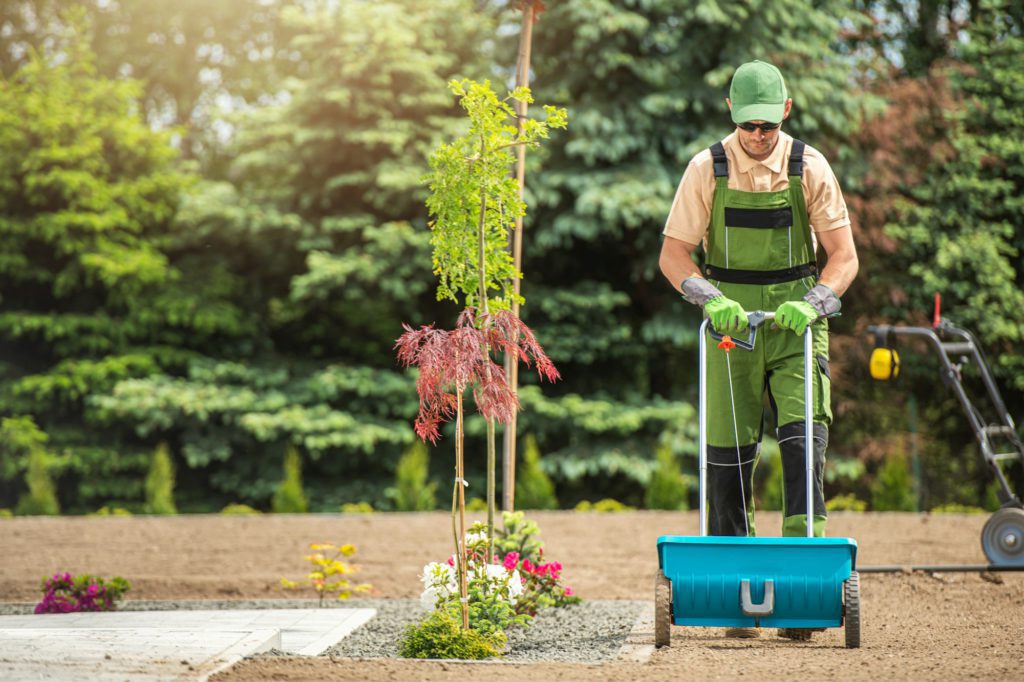
How to Overseed a Lawn
Overseeding a lawn is an effective way to rejuvenate tired, thinning grass, improve turf density, and enhance overall lawn health. This process involves planting new grass seeds directly into the existing lawn without removing the old turf, which helps fill in bare spots, increase resilience against pests and diseases, and enhance the lawn’s color and texture. Proper overseeding requires careful preparation and execution, including mowing, raking, aerating, and selecting the right grass seed. By following a structured approach, you can ensure successful seed germination and establish a lush, vibrant lawn that thrives throughout the growing season
How to Plant Grass Seed on Existing Lawn
After preparing your lawn by dethatching, mowing, and aerating, it’s time to finally overseed your lawn. You’ll start by evenly spreading the grass seed using a broadcast spreader, following the recommended seeding rate on the seed package. Next, lightly rake the seeded area to ensure the seeds make good contact with the soil, and consider adding a thin layer of topsoil or compost to protect the seeds. Finally, water the lawn regularly, keeping the soil consistently moist until the new grass establishes. The first few weeks will require light but frequent watering. By carefully following these steps, you can successfully overseed your lawn and achieve a thicker, healthier, and more vibrant turf.
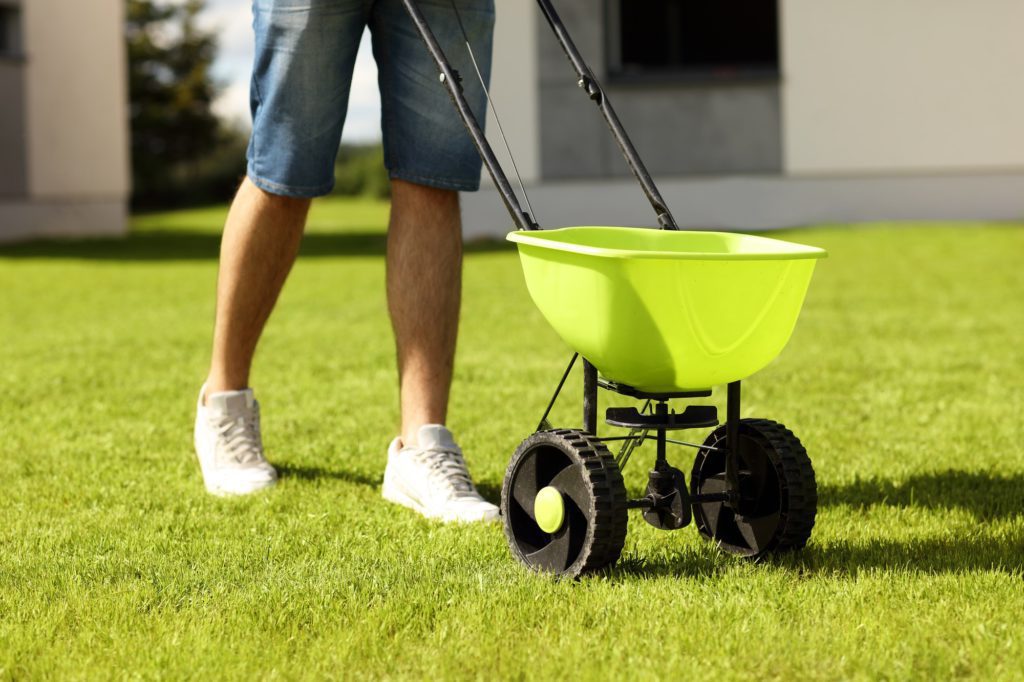
Aftercare and Maintenance
Aftercare is crucial for ensuring the success of overseeding, with several key steps necessary to support the germination and growth of new grass. Consistent watering is essential, as well as fertilization and weed control. Proper aftercare will keep your lawn happy and healthy as the new seeds take root. Stress and missing essential nutrients will decrease the effectiveness of overseeding so it’s vital to give the lawn everything it needs during the first few weeks.
Watering Tips
Watering is a critical component of aftercare for a recently overseeded lawn. Proper watering ensures that the new grass seeds germinate and establish properly. Initially, it’s important to keep the soil consistently moist to encourage seed sprouting. This typically involves light, frequent watering, about two to three times per day, for the first two weeks. Water enough to keep the soil damp but avoid watering so much to create puddles or runoff. As the grass begins to establish, gradually reduce the frequency of watering while increasing how much you’re watering each session. Once the grass is established, transition to a deeper, less frequent watering schedule, ideally once or twice a week. This will encourage deep root development and greater drought tolerance. Always monitor the weather conditions and adjust your watering schedule accordingly to prevent overwatering or drying out the young grass. By following these watering tips, you can support the healthy growth and establishment of your overseeded lawn.
Fertilization and Weed Control
Fertilizing and managing weeds post-overseeding is vital for supporting new grass growth and ensuring a healthy lawn. About two to three weeks after overseeding, it’s recommended to apply a balanced, slow-release fertilizer to provide essential nutrients to promote growth and strong root development. It’s important in the first few weeks to avoid using a high-nitrogen fertilizer as they can encourage weed growth.
For weed control, be cautious with herbicides during the early stages of grass establishment. Pre-emergent herbicides should also be avoided just before overseeding, as they can prevent grass seed germination. Instead, wait about eight weeks when the new grass is well-established, before applying a post-emergent herbicide to tackle any weeds. Prevent future weeds by closely monitoring your lawn and apply spot treatments as necessary.

Get a Free Quote for Lawn Mowing
LawnGuru offers instant lawn quotes designed with your convenience in mind. With our user-friendly platform, getting a quote is as easy as entering your address and creating an account! Our transparent pricing ensures you know exactly what to expect upfront, with no hidden fees or surprises. Simply book online, sit back, and relax as your provider works their magic on your lawn. Experience the ease and transparency of instant pricing with out lawn mowing quote service on LawnGuru’s website.

When to Fertilize Lawn in Michigan
In Michigan, the first few warm days in April often tempt homeowners to break out the fertilizer early. But applying before your soil is ready won’t do your turf any

Tree and Shrub Care Steps
Most yards don’t fall apart overnight. It usually starts with one shrub getting leggy, a tree looking thinner than it did last year, or mulch washing out after a heavy

The Best Drought Resistant Grass for Low-Water Lawns
Dry summers and watering restrictions leave a lot of lawns brown and patchy. Even with irrigation, not all grass types handle prolonged heat stress or sandy soils well. If your

Does Dog Poop Kill Grass? What Actually Happens on Your Lawn
Brown or yellow patches tend to show up after rain, right where your dog prefers to go. The rest of the yard looks fine, but those spots keep spreading even
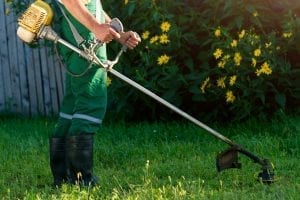
Should You Edge or Mow First? A Contractor’s Take on Mowing Order
You’ve got your Saturday rhythm going, sun’s barely up, coffee in hand, trimmer and mower prepped by the garage. You pause and glance at the lawn. Then the mental debate
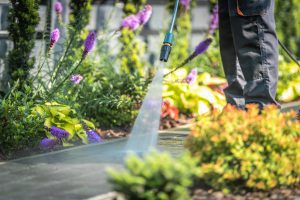
How Much Does Pressure Washing Cost in 2026?
In 2026, the cost of pressure washing varies based on project type and size. For house washing, expect to pay between $250 and $600, with an average cost of around





